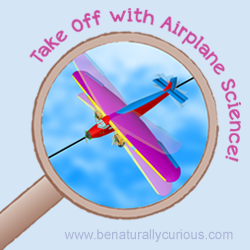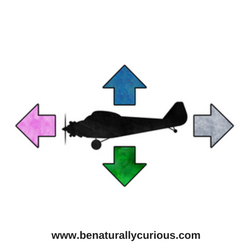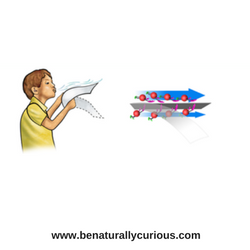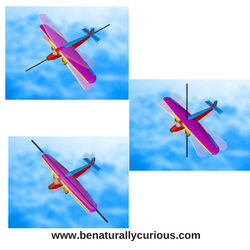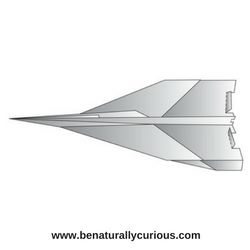Take off with Airplane Science!
Who isn’t fascinated by airplanes? How can something so big and so heavy actually fly? The secret lies with molecules in the air around us. Using Take Off With Airplane Science!, even elementary school-aged kids are able to grasp fundamental physical concepts such as Bernoulli’s Principle and air pressure. Going on a plane trip? What better travel entertainment than experiments and activities that can be done in the airport and on the plane (nearly all materials are included)!
Mini-course is provided as a 29-page PDF including a Science Tool Kit page to collect your badges.
Prefer a printed mini-course? Take Off With Airplane Science! is also available as a beautiful workbook here on Amazon.com.
Course Contents
- Story: Want to be a pilot? Travel along with Pilot Anna to learn about the forces that act on airplanes and how planes are designed to fly.
- Activity 1: Playing with Air Pressure. Test your new knowledge of Bernoulli’s Principle to make household items lift into the air!
- Activity 2: Let’s Fly! Time to make your own airplane (complete with rudder and elevators). Use the Experimental Journal for your observations and to tweak your design!
- Activity 3: Pressure Pop. Experiment with changes in air pressure. Make a hypothesis and test your predictions!
- Activity 4: Animal Flight Matching Game. We have a lot to learn from birds! See if you can match wing shape to the type of flight.
- Curiosity Connector. Use these links to learn more about airplanes and flight controls.
- Tools for Your Tool Kit. See if you can answer all the questions about airflow and airplane design to earn Tools for your Science Tool Kit.
- Glossary. Learn key terms for understanding flight and airplane design.
Materials Needed
Ping-Pong ball, two small paper cups, a penny, two straws, water, blow-dryer (optional), paper, scissors, tape measure, paper clips, two plastic bottles
Concepts and Ideas
Take Off With Airplane Science! includes the following Disciplinary Core Ideas as described in the Next Generation Science Standards:
Forces and Motion (PS2.A), Optimizing the Design Solution (ETS1.C)
Scientific Expert Deborah McArthur.
Illustrations by Charlie Alolkoy.

